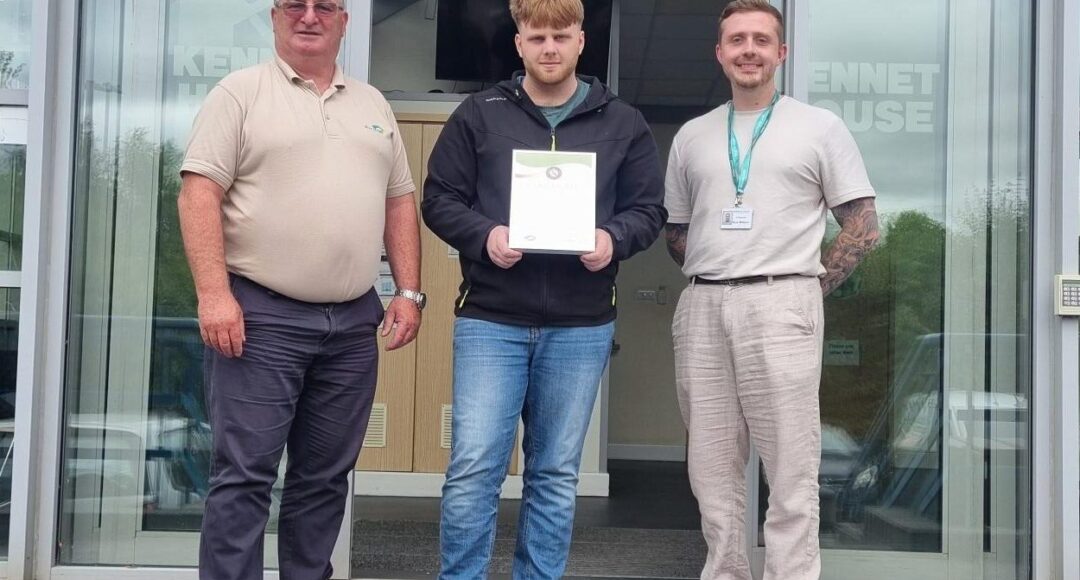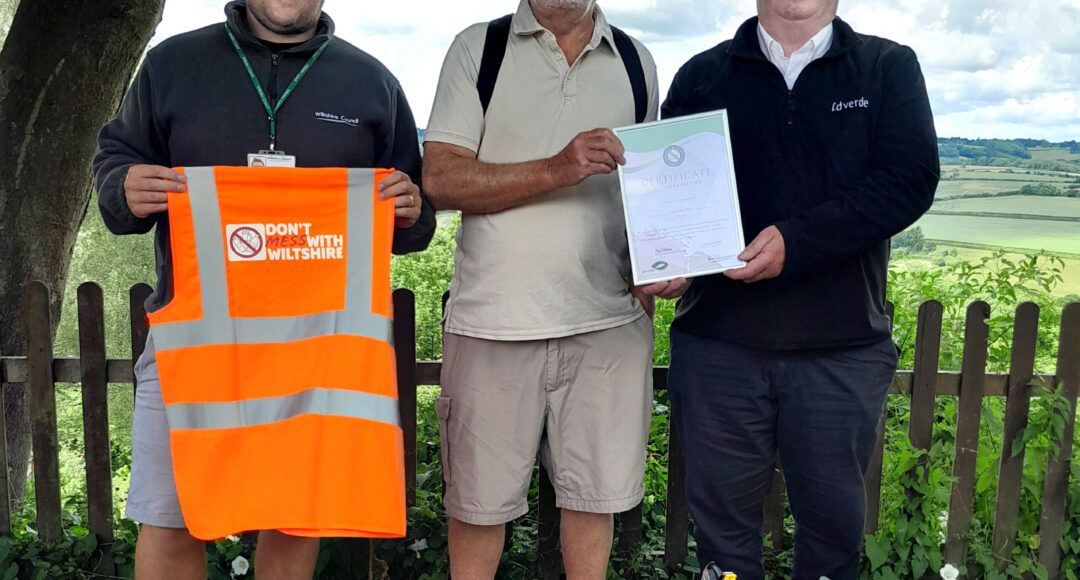idverde’s Angus Lindsay considers how lockdown might change people’s perceptions of green spaces and how it could impact the way they are designed going forward.
By the time you read this I really hope we have got through the worst of the coronavirus pandemic; though I doubt we are far from a return to some sort of normality. What will our world look like? It has been heartening to see the industry pull together via webinars and through the many forms of social media that we have come to rely on in the last couple of months to share frustrations, experiences and thoughts.
Whilst these have been strange days for all of us, I bet none of us have watched as many government announcements as we have over the past few weeks. We’ve all had to review our individual roles as to how we can keep going and best deliver our services, the next and greater challenge will be starting operations again post lockdown. One area of disappointment has been the reaction from some members of the public who have verbally abused those able to work to maintain and manage key sites; I do wonder if those doing the abusing are also the ones flouting the “stay at home” message and who in the future will be complaining that the grass in their local park or road verge is too long.
Having experienced an abnormally wet start to the year followed by a prolonged dry period, getting things back on track will be a major headache – we are, after all, dealing with living material which needs to be managed. The machines and vehicles should be ready to go but will they be adequate following several weeks of growth, and can they be operated safely where there is now a greater need to distance ourselves from colleagues and the public?
Just the task of getting staff to and from work now presents a significant problem; gone are the days of three people in the front of a truck. Even with basic screening, the best you can safely transport in a double cab without impinging on driver safety would be three people.
When we fully emerge from this situation, we will undoubtedly have to review our roles by making better use of technology, working from home and looking more closely at the trips we make up and down the country. The lack of traffic on the road and people movements in general has done wonders for air quality and our wildlife has thrived. We should take note of this and appreciate the difference this has made to the environment as I doubt we will get such a stark reminder again.
I really hope that the population who have spent weeks cooped up within their homes will now better appreciate the green spaces and natural sports surfaces within their towns and localities along with the work that goes into creating and maintaining these facilities and the industry behind it all. On a similar theme, those who commission and manage these green spaces now need to look differently at how these are accessed in times of crisis as a large percentage of the population who don’t have the luxury of a garden rely on access to communal green spaces.
As social distancing looks to become part of everyday life, it is time to consider the future design of our green spaces and where they can be realistically located to increase access to a greater number of the population. This, I’m sure, will see a greater use of autonomous mowers to maintain these sites as part of the design for life for the future.


